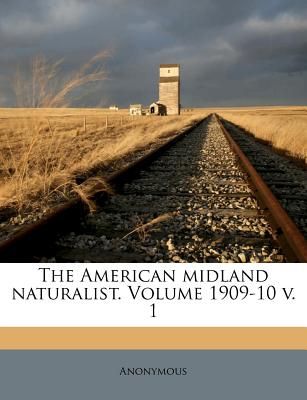Location
The American Midland Naturalist was founded in 1909 by Reverend Julius A. Nieuwland, C.S.C., and has been published since by the University of Notre Dame. It is a refereed, broad-spectrum journal publishing basic research in diverse disciplines in biology and varied taxa. The historic name is no longer precisely descriptive, as it includes materials from all of North America and, occasionally, from other areas. An editorial survey identified major topics, as are evident in its list of associate editors, for animal, vegetation and plant population in ecology, mammalogy, animal behavior, herpetology, ornithology, aquatic ecology, parasitology, ichthyology, plant physiology and biological statistics. Articles include field and laboratory studies of life history, distribution, growth, reproduction, behavior, physiology, diet, habitat and myriad other topics of interest to biologists. Approximately one-fourth of the articles published in the American Midland Naturalist are experimental. It is among the most frequently cited journals in publications as diverse as Ecology and Oecologia, Journal of Mammalogy, Herpetologia, Copeia, Journal of Parasitology, Hydrobiologia, Journal of Wildlife Management and numerous others. Its history has been described in The American Midland Naturalist: The Life History of a Journal. American Midland Naturalist, 123:1-31, 1990.
Members:
Resources
Displaying 6 - 7 of 7Case Study in Large-scale Wetland Restoration at Seney National Wildlife Refuge, Upper Michigan, U.S.A
A large wetland drainage project was initiated in 1912 near the town of Seney, Michigan, U.S.A. This project included the construction of a series of ditches through a large peatland to drain the land for agricultural use. The largest of these ditches was the 35 km long Walsh Ditch. Much of the drained wetland affected by the Walsh Ditch is now managed by the U.S. Fish and Wildlife Service as part of Seney National Wildlife Refuge.
Do Native Warm-season Grasslands Near Airports Increase Bird Strike Hazards?
Bird aircraft collisions (bird strikes) are a recognized safety hazard and land uses that attract birds hazardous to aircraft should be avoided on and near airports. Many airfields contain large areas of anthropogenic grassland habitats, often dominated by cool season grasses. Land managed as native warm season grasses (NWSG) potentially could increase bird strike hazards on and near airports by attracting hazardous birds and harboring small mammals that are prey for hazardous raptors.


